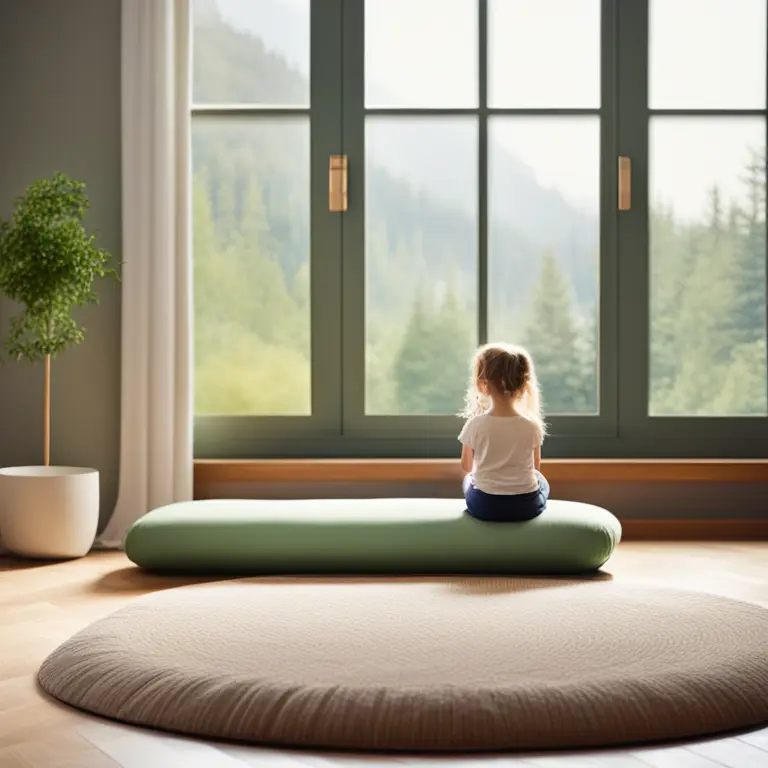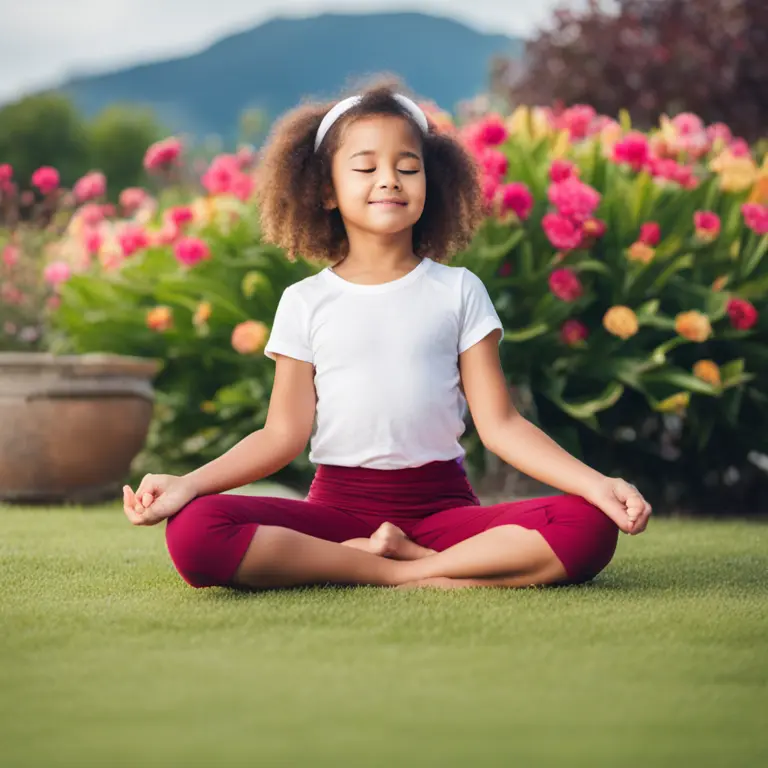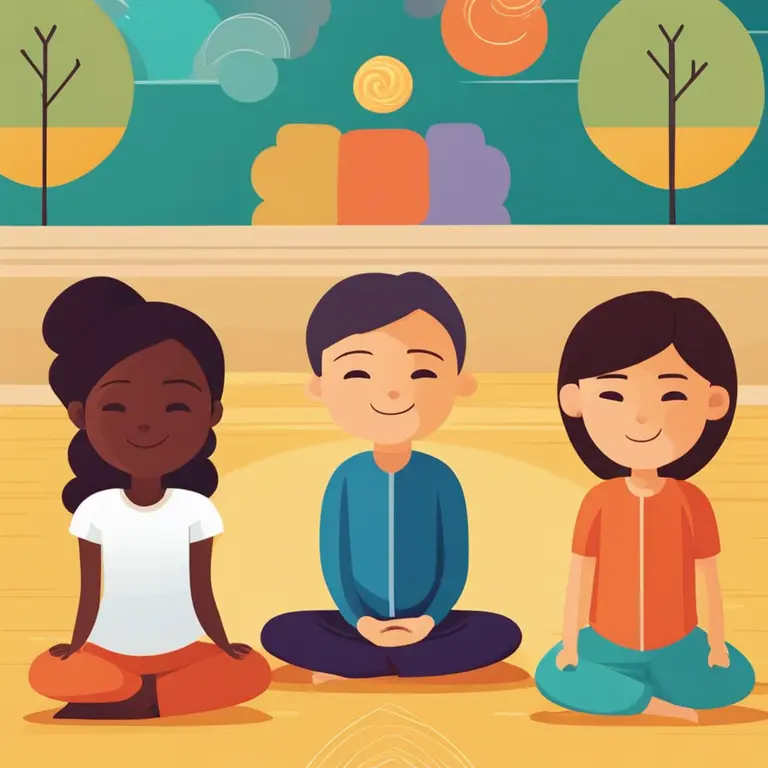
Meditation Practices for Children
Introducing simple meditation techniques to foster calmness and focus in children, enhancing their emotional wellbeing.
article by Hina Kurosawa
Why Meditate with Kids?
Meditation offers numerous benefits for children, just as it does for adults. It can help them develop concentration, resilience, and a sense of calm, all of which are crucial in their formative years. In today's fast-paced world, where children are bombarded with stimuli, teaching them to meditate is a gift that can center and strengthen their emotional health. Further, studies have shown that regular meditation can enhance academic performance, improve social skills, and even decrease symptoms of ADHD. As the practice gains popularity, more educational systems are considering its integration into daily school routines.

Age-Appropriate Meditation Techniques
Meditation for children differs from adult practices, with variations to suit different ages. Preschoolers can engage in short sessions lasting a few minutes, primarily focusing on breathing exercises and simple visualizations. As children grow older, meditation length and complexity can increase. By the time they reach adolescence, many can participate in meditation sessions similar to those of adults. It's important to keep the practices enjoyable and avoid forcing participation, as this can lead to resistance or a negative view of meditation.

Crafting a Conducive Environment
Creating a space that's comfortable and free from distractions is vital when meditating with children. This doesn't require a dedicated room but can be as simple as a quiet corner that’s consistently used for meditative practice. Comfortable cushions, soft lighting, and perhaps a gentle background track of nature sounds or calm music can help in making the space inviting. Regularity is key; practicing at the same time and place helps establish meditation as a routine, making it a natural part of a child's day.

Guided Meditation and Stories
A popular way to engage children in meditation is through guided sessions that involve storytelling. By weaving in imaginative journeys where children can visualize calming scenes such as a serene beach or a quiet forest glade, we cater to their innate love for stories and adventure. These narratives not only hold their attention but also teach valuable life lessons and skills, such as kindness and emotional regulation. A large number of apps and online services provide guided meditations specifically tailored to young audiences, making access easier than ever.

Interactive Mindful Games
Games can also be a form of meditation for children, particularly interactive ones that incorporate mindfulness elements. Activities that encourage children to pay attention to their senses or to the rhythm of their breath naturally introduce them to mindful awareness. Simple games like 'musical statues', where children freeze in place when the music stops and focus on their heartbeat, can be both fun and meditative. Mindfulness apps have gamified some of these techniques, making them more appealing to the digital generation.
Family Involvement and Practice
Involving the whole family in meditation can reinforce its importance and demonstrate that taking time for inner peace is a value held by everyone. When children see their parents or siblings participating, they're more likely to be interested and motivated. Family sessions can also help in bonding and understanding each other on a deeper level. It showcases the importance of quiet time and self-reflection as a shared family practice, fostering a collective atmosphere of tranquility.
Overcoming Challenges and Resistance
While the benefits of meditation for children are clear, it's not uncommon to face some resistance. Kids may find it hard to sit still, or they may not immediately understand the purpose of such practices. In these instances, patience and creativity are vital. Keep meditation sessions short, entertaining, and part of a routine. Instead of emphasizing the need to be still, focus on the fun and experiential aspects, like feeling like a tree with roots grounding into the earth or pretending to be a frog on a lily pad, breathing deeply in and out.
Conclusion: A Tool for Life
Integrating meditation into a child’s life equips them with a tool that aids in managing stress and emotions, improves focus, and ultimately enhances their well-being. Starting small, practicing consistently, and making the journey enjoyable and engaging are keys to fostering a love for meditation that can last a lifetime. As the world continues to evolve and pressures increase, the need for techniques to maintain internal balance becomes ever more essential, and meditation for kids meets that need effectively.
Published: 1/18/2024
Modified: 1/18/2024
More predictions
Come back here soon to learn more about yourself and your future


Mindful Meditation Techniques Explored
Discover effective meditation mindfulness methods to enhance your wellbeing and spiritual journey.


Unravelling Your Mindfulness Meditation Journey
Discover the steps to leading a successful mindfulness meditation session, enhancing emotional balance and tranquility.


Learn Your Mindfulness Meditation Journey
Learn the art of mindfulness meditation to foster calmness, clarity, and emotional balance in your daily life.